Did you know that there are over 1,000 different types of vegetables? From leafy greens to starchy tubers, the world of vegetables is incredibly diverse, offering a wide range of flavors, textures, and nutrients. In this guide, I will take you through the common vegetables that can add variety and nutrition to your daily meals. Whether you’re a veggie enthusiast or simply looking to incorporate more vegetables into your diet, this guide will help you discover the wonderful world of vegetable varieties.
- There are over 1,000 different types of vegetables to explore.
- Vegetables offer a wide range of flavors, textures, and nutrients.
- This guide will help you discover common vegetable varieties to incorporate into your daily meals.
- Whether you’re a veggie enthusiast or a beginner, there’s something for everyone to enjoy.
- Adding more vegetables to your diet can enhance both the flavor and nutritional value of your meals.
The Importance of Vegetables
Vegetables play a crucial role in maintaining good health. They are rich in fiber, vitamins, and minerals that support overall well-being. Incorporating vegetables into your daily meals can provide numerous health benefits, whether you follow a vegetarian, vegan, or omnivorous diet.
Vegetarian diets, which exclude meat and seafood, place a strong emphasis on plant-based foods, including vegetables. With careful planning, vegetarian diets can meet all your nutritional needs. They are associated with lower risks of obesity, heart disease, type 2 diabetes, and certain cancers. Consuming a variety of vegetables ensures that you receive essential nutrients such as vitamin C, vitamin A, potassium, and folate, which are vital for maintaining optimal health.
Vegan diets take plant-based eating a step further by eliminating all animal products, including dairy, eggs, and honey. Veganism has gained popularity not only for ethical reasons but also for its potential health benefits. Research shows that vegan diets can lower cholesterol levels, reduce the risk of heart disease, and support weight management. By focusing on vegetables and other plant-based foods, vegans can consume a nutrient-rich diet that provides the necessary protein, vitamins, and minerals without animal products.
“Vegetables are nature’s gift to us, providing a wide array of nutrients that contribute to our well-being. Whether you choose a vegetarian or vegan lifestyle or simply incorporate more vegetables into your meals, they are a delicious and nutritious addition to any diet.”
When it comes to vegetables, variety is key. Different types of vegetables offer different nutrients and health benefits. From leafy greens like spinach and kale, packed with vitamins and iron, to vibrant red and orange vegetables such as carrots and bell peppers, rich in antioxidants and beta carotene, there is a vast array of options to choose from. Embracing the power of vegetables can transform your diet and contribute to a healthier lifestyle.
Next, we will explore the nutrients commonly found in vegetables, shedding light on how these mighty plants nourish our bodies and support our well-being.
Pros and Cons of Vegetarian and Vegan Diets
| Pros | Cons |
|---|---|
| Lower risk of obesity | Need for careful planning to meet nutritional needs |
| Reduced risk of heart disease | Possible nutrient deficiencies without proper supplementation |
| Lower risk of type 2 diabetes | Difficulty finding vegan options when dining out |
| Lower risk of certain cancers | Social challenges and potential judgment from others |
Next, we will explore the nutrients commonly found in vegetables, shedding light on how these mighty plants nourish our bodies and support our well-being.
Nutrients in Common Vegetables
Common vegetables are packed with a variety of nutrients that are essential for our bodies. Including a diverse range of veggies in your daily meals can help ensure you’re getting a well-rounded intake of vital nutrients.
Some of the key nutrients found in common vegetables include:
- Fiber: Promotes digestive health and aids in maintaining a healthy weight.
- Vitamins A, C, and E: Essential for immune function, eye health, and cell protection.
- Potassium: Supports heart health, blood pressure regulation, and muscle function.
- Folate: Important for cell growth, DNA formation, and red blood cell production.
- Phytochemicals: Natural compounds that have antioxidant and anti-inflammatory properties.
By incorporating vegetables rich in these nutrients into your diet, you can optimize your overall well-being and reduce the risk of chronic diseases.
For a visual representation of the nutrients found in common vegetables, take a look at the table below:
| Vegetable | Fiber | Vitamin A | Vitamin C | Vitamin E | Potassium | Folate | Phytochemicals |
|---|---|---|---|---|---|---|---|
| Broccoli | 2.4g | 120mcg | 89.2mg | 0.7mg | 468mg | 57mcg | Yes |
| Spinach | 2.2g | 469mcg | 28.1mg | 2.3mg | 558mg | 58mcg | Yes |
| Carrots | 2.8g | 10190IU | 6.1mg | 0.7mg | 320mg | 19mcg | Yes |
| Sweet Potatoes | 3.8g | 19217IU | 2.4mg | 1.6mg | 541mg | 11mcg | Yes |
“Eating a variety of vegetables ensures a diverse intake of nutrients, which is crucial for maintaining optimal health.” – Registered Dietitian, Emily Jones
By exploring the different types of vegetables and incorporating them into your meals, you can enjoy the numerous health benefits associated with veggie nutrients. From enhancing heart health to bolstering the immune system, these nutrient-packed veggies offer a natural and delicious way to support your well-being.
Dark Green Vegetables
Dark green vegetables, also known as leafy greens, are nutritional powerhouses packed with essential vitamins and minerals. They are particularly rich in vitamins A, C, and E, as well as folate and fiber. Including dark green vegetables in your diet can provide numerous health benefits and support optimal well-being.
Examples of dark green vegetables include:
- Broccoli
- Spinach
- Kale
- Collard greens
Broccoli, a member of the cruciferous vegetable family, is a versatile and nutritious choice. It is high in vitamin C, vitamin K, and dietary fiber. Incorporating broccoli into your meals can contribute to immune system health and promote healthy digestion.
Spinach is another leafy green that offers a range of nutrients. It is an excellent source of iron, which is essential for red blood cell production. Spinach is also rich in vitamin E and vitamin K, supporting heart health and bone health.
Kale is a nutritional powerhouse and often referred to as a superfood. It is loaded with antioxidants, including beta carotene and vitamin C. Consuming kale can support eye health, enhance immune function, and provide anti-inflammatory benefits.
Collard greens are a leafy green vegetable that boasts numerous health benefits. They are a great source of calcium, vitamin K, and vitamin A. Collard greens are known for their role in promoting bone health and reducing the risk of chronic diseases.
With their vibrant colors and nutrient-dense profile, dark green vegetables are a valuable addition to any diet. Including them in your meals is a delicious and easy way to support overall well-being.
Health Benefits of Dark Green Vegetables
Dark green vegetables offer a multitude of health benefits, thanks to their nutrient content. Here are some key advantages:
1. Promote eye health: Dark green vegetables are rich in antioxidants and nutrients like beta carotene, lutein, and zeaxanthin, which can protect against age-related eye diseases.
2. Boost the immune system: The vitamin C and other antioxidants present in leafy greens help strengthen the immune system and protect the body against harmful pathogens.
3. Support healthy digestion: The high fiber content in dark green vegetables aids proper digestion, prevents constipation, and promotes a healthy gut.
4. Supply vital vitamins and minerals: Dark green vegetables are particularly rich in vitamins A, C, E, and K, as well as minerals like calcium and potassium, which are essential for various bodily functions.
5. Provide anti-inflammatory benefits: The phytochemicals and antioxidants found in leafy greens have anti-inflammatory properties, which can help reduce the risk of chronic diseases.
Including a variety of dark green vegetables in your meals can maximize the nutritional content of your diet and support overall health and vitality.
Red and Orange Vegetables
Red and orange vegetables not only add a pop of color to your plate but also provide a host of health benefits. These vibrant veggies get their rich hues from compounds like beta carotene, which is converted into vitamin A in the body. Beta carotene acts as a powerful antioxidant, helping to protect cells from damage caused by harmful free radicals.
These vegetables are also packed with other essential nutrients. For example, they contain high levels of vitamin C, which supports immune function and promotes collagen production for healthy skin. Vitamin E, another antioxidant present in red and orange vegetables, plays a role in protecting cells from oxidative stress.
Here are some examples of red and orange vegetables that you can include in your diet:
- Carrots
- Sweet potatoes
- Tomatoes
- Red peppers
These vegetables are versatile ingredients that can be incorporated into a variety of dishes or enjoyed on their own. They can be added to salads, roasted for a delicious side dish, or used in soups and stews.
Aside from their vibrant colors and delightful flavors, red and orange vegetables offer numerous health benefits. Below, you’ll find a table summarizing the nutrients present in these vegetables.
| Nutrient | Carrots | Sweet Potatoes | Tomatoes | Red Peppers |
|---|---|---|---|---|
| Beta Carotene | High | Low | Low | Low |
| Vitamin C | Low | Low | High | High |
| Vitamin E | Low | Low | Low | Low |
As you can see, red peppers and tomatoes contain higher levels of vitamin C compared to carrots and sweet potatoes. Each vegetable offers its own unique combination of nutrients, so incorporating a variety of red and orange vegetables into your meals can ensure you reap the maximum health benefits.
By including red and orange vegetables in your diet, you can support healthy skin, boost your immune system, and promote overall well-being. So, add some color to your plate with these nutritious and delicious vegetables!
Beans, Peas, and Lentils
Beans, peas, and lentils are incredibly versatile and nutritious legumes that belong to the dry beans and peas category. They are not only packed with plant-based protein but also high in fiber, folate, potassium, and iron. Including these legumes in your meals is a great way to promote satiety and provide your body with essential nutrients.
Some examples of beans, peas, and lentils include kidney beans, chickpeas, and lentils themselves. These legumes can be used in a variety of recipes, such as soups, stews, and salads, adding a hearty and nutritious touch to your dishes.
Legumes are particularly beneficial for individuals who follow vegetarian or vegan diets, as they provide an excellent source of protein. They are also a great option for those looking to add more plant-based foods to their meals while enjoying the benefits of fiber-rich ingredients.
Nutritional Benefits of Beans, Peas, and Lentils
Here are some key nutritional benefits of beans, peas, and lentils:
- Plant-based protein: Legumes are an excellent source of protein for individuals following vegetarian or vegan diets. They can provide the necessary amino acids for building and repairing body tissues.
- Fiber-rich: Legumes are high in dietary fiber, which is essential for digestive health and can help regulate blood sugar levels and maintain a healthy weight.
- Folate: Beans, peas, and lentils are rich in folate, a B-vitamin that supports cell growth and the production of red blood cells. Folate is especially important during pregnancy to prevent neural tube defects.
- Potassium: Legumes are a good source of potassium, an essential mineral that plays a crucial role in maintaining electrolyte balance, supporting proper nerve and muscle function, and regulating blood pressure.
- Iron: Beans, peas, and lentils are also rich in iron, a mineral that helps transport oxygen throughout the body and plays a key role in energy production.
By incorporating beans, peas, and lentils into your meals, you can enjoy the nutritional benefits they offer and add a delicious and satisfying element to your diet.
| Legume | Protein Content (per 100g) | Fiber Content (per 100g) | Iron Content (per 100g) |
|---|---|---|---|
| Kidney beans | 9g | 6g | 2.7mg |
| Chickpeas | 19g | 17g | 6.2mg |
| Lentils | 9g | 8g | 3.3mg |
Starchy Vegetables
Starchy vegetables, such as potatoes and corn, are a delicious addition to any meal. While they may be higher in carbohydrates and calories compared to other vegetables, they also provide essential nutrients that shouldn’t be overlooked. It’s all about moderation and balance in your diet.
These starchy vegetables offer more than just energy. They are also rich in potassium and fiber, which are important for a healthy body. Potassium helps maintain proper muscle and nerve function, while fiber aids in digestion and helps you feel full and satisfied after a meal.
When incorporating starchy vegetables into your diet, it’s important to be mindful of portion sizes and cooking methods. Opt for baking, boiling, or steaming instead of frying to keep the calorie content in check. Be creative with your recipes, experimenting with different seasonings and cooking techniques to enhance the flavors of these vegetables.
“Starchy vegetables like potatoes and corn can be a delicious and satisfying addition to your meals. Just remember to enjoy them in moderation and pair them with other nutrient-rich foods.”
By including a variety of starchy vegetables, such as potatoes, corn, peas, and plantains, in your diet, you can create a well-rounded and satisfying meal. Here’s a simple table highlighting the nutritional content of some commonly consumed starchy vegetables:
| Vegetable | Calories (per 1 cup) | Carbohydrates (grams) | Potassium (milligrams) | Fiber (grams) |
|---|---|---|---|---|
| Potatoes | 134 | 31 | 535 | 3.6 |
| Corn | 123 | 27 | 388 | 4.6 |
| Peas | 62 | 11 | 244 | 4.4 |
| Plantains | 179 | 48 | 515 | 2.6 |
As you can see from the table, starchy vegetables like potatoes, corn, peas, and plantains offer a combination of energy, nutrients, and fiber. Incorporating them into your meals can help create a balanced and satisfying eating plan.
Other Common Vegetables
In addition to the dark green, red and orange, beans, peas, and starchy vegetables, there is a wide range of other common vegetables that can add variety and flavor to your meals. These options include artichokes, asparagus, cauliflower, celery, cucumbers, mushrooms, onions, and more. Each vegetable offers its unique set of nutrients and flavors, allowing you to experiment and introduce new tastes to your daily diet.
Let’s take a closer look at these other vegetable options:
Artichokes:
Artichokes are a delicious and nutritious vegetable that can be enjoyed in various ways. They are packed with fiber, antioxidants, and vitamins such as vitamin C and K. Try steaming or grilling artichokes for a tasty and healthy addition to your meals.
Asparagus:
Asparagus is a versatile vegetable that is rich in vitamins A, C, E, and K, as well as folate. It can be roasted, grilled, or sautéed to add a delicious taste to your dishes. It also pairs well with other vegetables and can be a great addition to salads and stir-fries.
Cauliflower:
Cauliflower is a nutritious and low-calorie vegetable that can be used as a substitute for rice or mashed potatoes. It offers vitamins C and K, as well as fiber. Try roasting cauliflower florets or making cauliflower “rice” for a healthy and tasty alternative to traditional carb-heavy dishes.
Celery:
Celery is a crunchy and hydrating vegetable that is a good source of vitamins A, C, and K, as well as antioxidants. It can be enjoyed raw as a snack or added to soups, stews, and salads for extra crunch and flavor.
Cucumbers:
Cucumbers are a refreshing vegetable that adds hydration, crunch, and vitamins to your meals. They are low in calories and a great addition to salads, sandwiches, and even infused water. Enjoy them raw or pickled for a versatile and healthy option.
Mushrooms:
Mushrooms are a unique vegetable that offers a range of flavors and textures. They are low in calories and high in antioxidants, vitamins D and B, and minerals such as selenium. Add mushrooms to stir-fries, pasta dishes, omelets, or even use them as a meat substitute in vegetarian dishes.
Onions:
Onions are a staple vegetable in many cuisines and provide flavor and depth to a wide range of dishes. They are a rich source of antioxidants and have anti-inflammatory properties. Whether sautéed, caramelized, or added to soups and sauces, onions can enhance the taste of your meals.
These are just a few examples of the other common vegetables that you can explore. Incorporating these vegetables into your daily diet can not only add variety and flavor but also provide a wide array of essential nutrients that contribute to your overall health and well-being.
| Vegetable | Nutrients | Benefits |
|---|---|---|
| Artichokes | Fiber, antioxidants, vitamins C and K | Supports digestion, promotes heart health, boosts immune system |
| Asparagus | Vitamins A, C, E, K, folate | Supports healthy pregnancy, aids digestion, promotes heart health |
| Cauliflower | Vitamins C, K, fiber | Supports immune system, promotes bone health, aids digestion |
| Celery | Vitamins A, C, K, antioxidants | Aids digestion, helps lower blood pressure, supports healthy skin |
| Cucumbers | Hydration, vitamins K and C | Improves hydration, supports weight loss, promotes healthy skin |
| Mushrooms | Antioxidants, vitamins D, B, minerals | Boosts immune system, supports brain health, aids in weight management |
| Onions | Antioxidants, anti-inflammatory compounds | Supports heart health, aids in detoxification, helps fight infections |
As you can see from the table above, each vegetable offers specific nutrients and health benefits. Exploring these other vegetable options allows you to create diverse and nutritious meals that contribute to your overall well-being.
Incorporating Common Vegetables in Your Meals
Now that we have explored the different types of common vegetables, it’s time to discuss how you can incorporate them into your daily meals. From simple salads and stir-fries to hearty soups and roasted vegetable dishes, there are endless possibilities for creating delicious and nutritious meals with vegetables. Let me inspire you with some vegetable meal ideas and recipes that highlight the versatility and flavor of these common veggies.
1. Simple Veggie Salad
If you’re looking for a refreshing and light meal, a simple veggie salad is a perfect choice. Gather your favorite vegetables, such as lettuce, tomatoes, cucumbers, and bell peppers. Toss them together with a zesty vinaigrette dressing for a burst of flavor. Add some protein like grilled chicken or chickpeas to make it more filling.
2. Flavorful Stir-Fry
Stir-frying vegetables is a quick and nutritious way to enjoy their natural flavors. Heat some sesame oil in a pan and add your choice of vegetables like broccoli, carrots, snap peas, and bell peppers. Sprinkle some garlic and ginger for added aroma. Stir-fry until the vegetables are cooked but still crisp. Serve it over steamed rice or noodles for a satisfying meal.
3. Hearty Vegetable Soup
Warm up with a hearty vegetable soup filled with nutrient-rich ingredients. Saute onions, garlic, and a medley of vegetables like carrots, celery, and zucchini in a pot. Add vegetable broth, herbs, and spices of your choice. Let it simmer until the flavors meld together. Serve it with a slice of crusty bread for a comforting and wholesome meal.
4. Roasted Vegetable Medley
Roasting vegetables brings out their natural sweetness and creates a caramelized flavor. Preheat your oven, toss a variety of vegetables like sweet potatoes, Brussels sprouts, bell peppers, and cauliflower with olive oil, salt, and pepper. Spread them evenly on a baking sheet and roast until they are tender and golden. Sprinkle some fresh herbs for extra freshness and serve as a side dish or mix into pasta for a satisfying main course.
5. Veggie Quinoa Bowl
Create a balanced and nutritious meal with a veggie quinoa bowl. Cook quinoa according to the package instructions and set it aside. In a pan, saute a mix of vegetables like kale, mushrooms, and bell peppers. Season with your favorite herbs and spices. Combine the cooked quinoa and sauteed vegetables in a bowl. Top it off with a drizzle of tahini dressing or a sprinkle of feta cheese for added creaminess.
Explore these vegetable meal ideas and recipes to bring a burst of flavor, color, and nutrition to your daily meals. Don’t be afraid to experiment with different combinations and seasonings to find your perfect vegetable dish. Let your creativity shine in the kitchen and reap the benefits of incorporating common vegetables into your diet.
Tips for Buying and Storing Vegetables
To fully enjoy the benefits of common vegetables, it’s essential to know how to select and store them properly. Follow these tips and guidelines to ensure you’re buying the freshest vegetables and maintaining their freshness and nutritional value through proper storage. By implementing these strategies, you can make the most out of your vegetable purchases and minimize food waste.
Buying Fresh Vegetables
When buying fresh vegetables, keep the following tips in mind:
- Choose vibrant and firm vegetables with no signs of wilting or bruising.
- Opt for locally grown or organic vegetables when possible to support local farmers and reduce exposure to pesticides.
- Check the freshness of leafy greens by inspecting the color and texture of the leaves.
- Look for any visible indications of damage or pests, such as holes or discoloration, and avoid those vegetables.
Choosing Frozen and Canned Options
If fresh vegetables are not readily available or out of season, frozen and canned options can be convenient and nutritious alternatives. Consider the following factors when selecting frozen and canned vegetables:
- For frozen vegetables, choose packages that are free from ice crystals or freezer burn.
- Read the labels of canned vegetables to ensure they are low in sodium and free from preservatives or additives.
- Opt for vegetables that are packed in water or their own juices rather than heavy syrups or sauces.
Proper Storage
Proper storage is crucial to maintain the freshness and nutritional value of your vegetables. Follow these storage guidelines:
“Vegetables should be stored in specific conditions to ensure they stay fresh for longer. For example, leafy greens like lettuce and spinach should be stored in the refrigerator’s crisper drawer to maintain their crispness. On the other hand, onions and potatoes need a cool, dry, and dark place, away from direct sunlight and moisture.” – Me
Here’s a table summarizing the ideal storage conditions for some common vegetables:
| Vegetable | Storage Conditions |
|---|---|
| Lettuce | Refrigerator’s crisper drawer |
| Spinach | Refrigerator’s crisper drawer |
| Carrots | Refrigerator’s crisper drawer or plastic bag |
| Tomatoes | Room temperature away from direct sunlight |
| Potatoes | Cool, dark, and dry place |
By following these tips for buying and storing vegetables, you can ensure that your produce stays fresh and retains its nutritional value. Incorporate these practices into your routine to enjoy the benefits of delicious and nutritious vegetables in your meals.
Conclusion
Common vegetables are not only delicious but also packed with essential nutrients and health benefits. Incorporating a variety of vegetables into your daily meals is a simple and effective way to support your overall health and well-being. Whether you’re a fan of dark green leafy vegetables like spinach and kale, or you prefer the vibrant colors of red and orange veggies such as carrots and tomatoes, there is a vegetable to suit every taste and dietary preference.
One of the key benefits of common vegetables is their nutrient density. They are rich in fiber, vitamins, minerals, and antioxidants that can help reduce the risk of chronic diseases, support a healthy heart, promote good digestion, and boost the immune system. By including a diverse range of vegetables in your diet, you can ensure that you’re getting a wide array of nutrients that are essential for optimal health.
Furthermore, common vegetables offer versatility in the kitchen, allowing you to get creative with your meals. Whether you’re stir-frying, roasting, steaming, or eating them raw in salads, there are endless possibilities to explore. With the right cooking methods and flavor combinations, you can enhance the taste and enjoy the benefits of common vegetables in every bite.
So, make it a point to include common vegetables in your daily meals and experience the difference they can make to your health. Enjoy the variety of flavors, reap the benefits of their nutrient-rich profiles, and savor the satisfaction of nourishing your body with these powerhouse foods. Start maximizing your health potential by embracing the abundance of common vegetables and unlocking the goodness they have to offer.

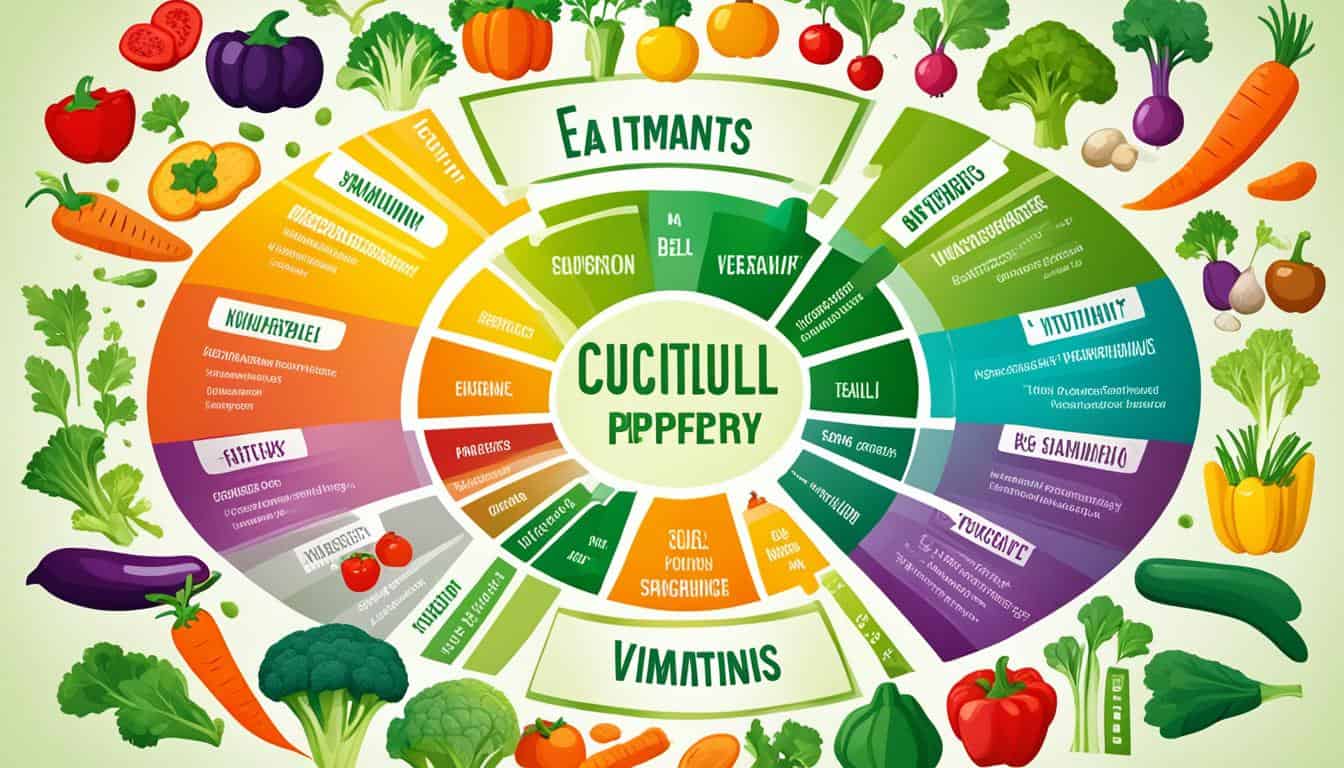
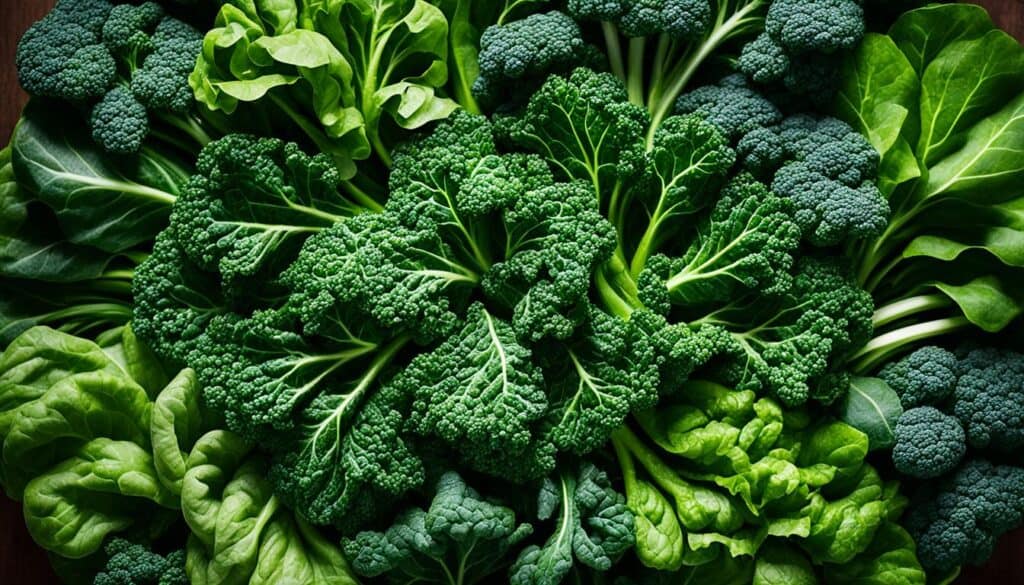
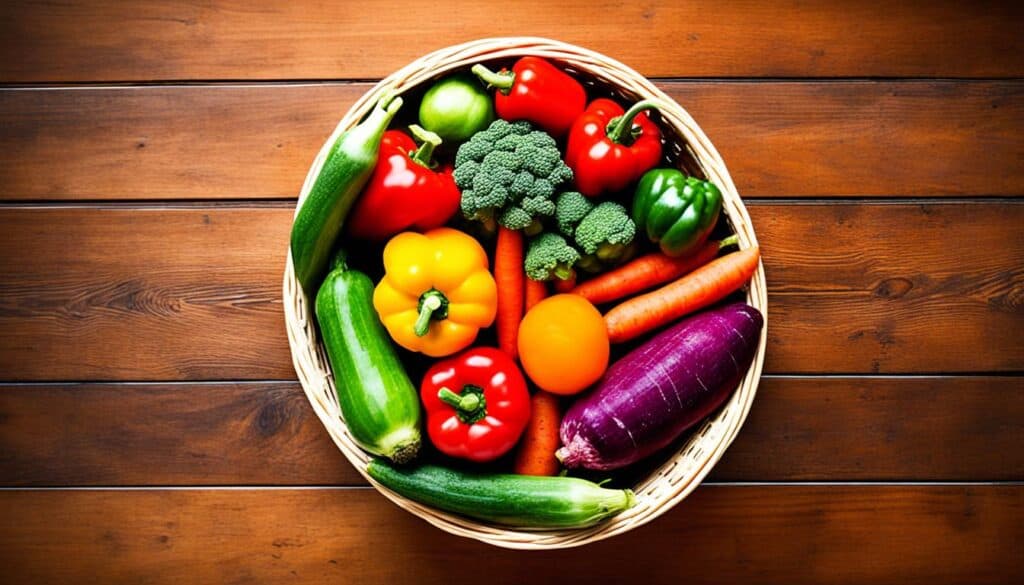
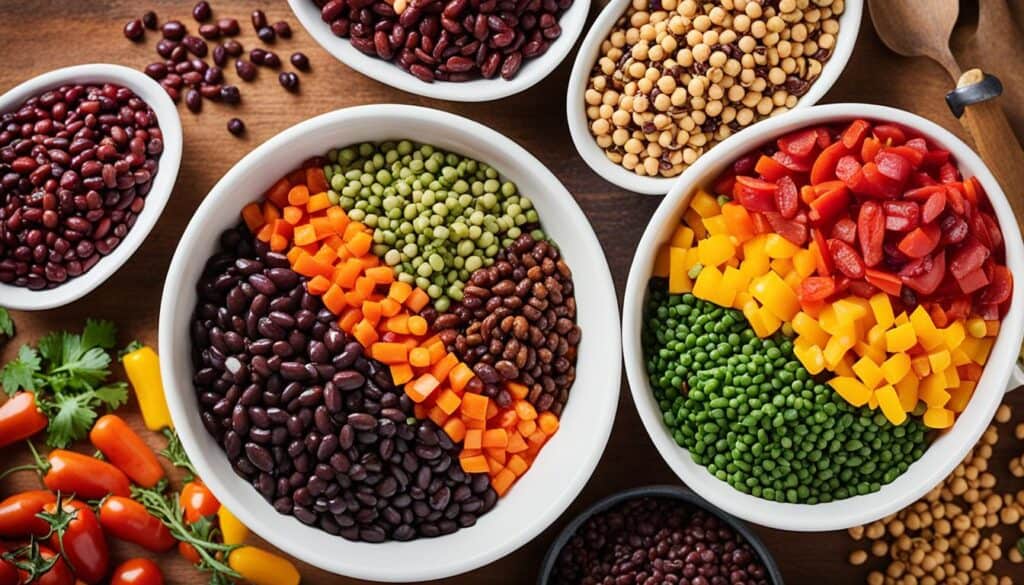
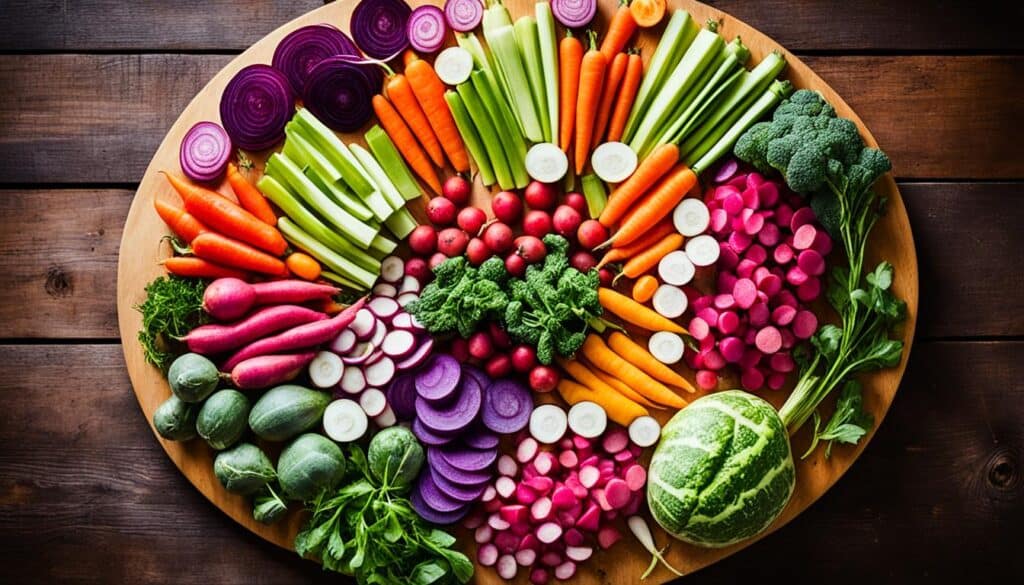
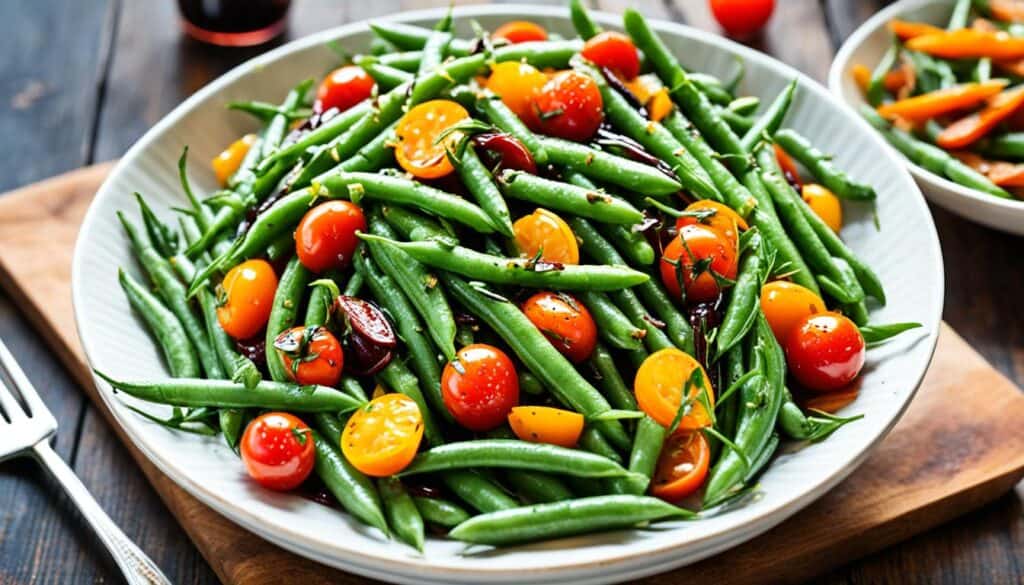

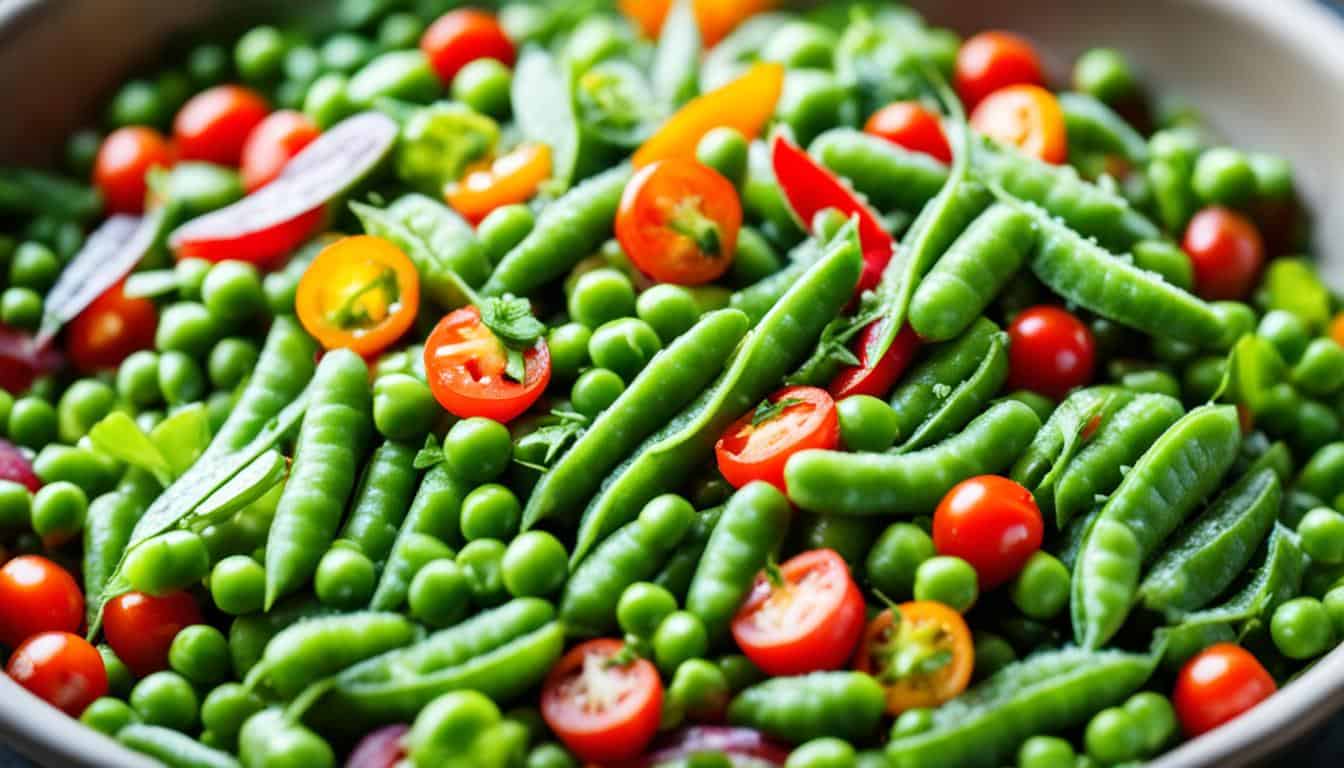

Leave a Reply